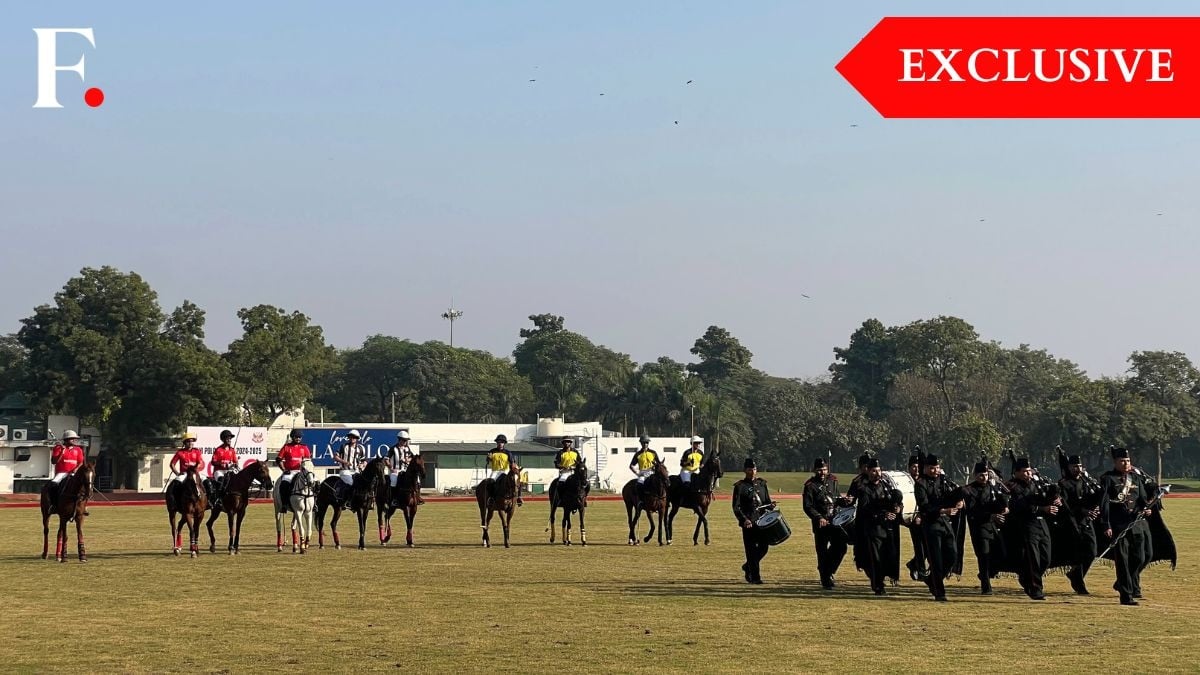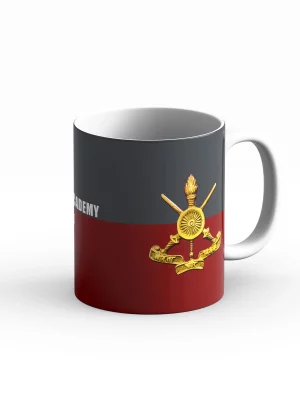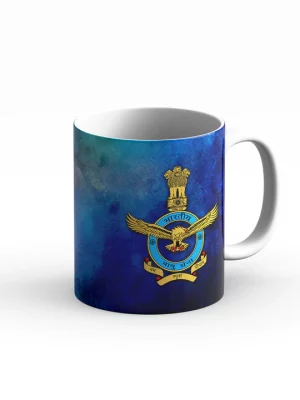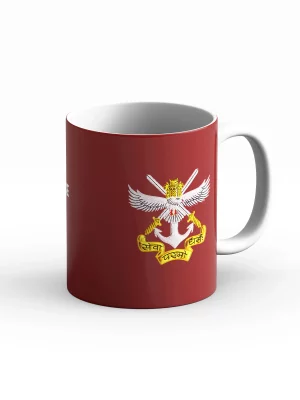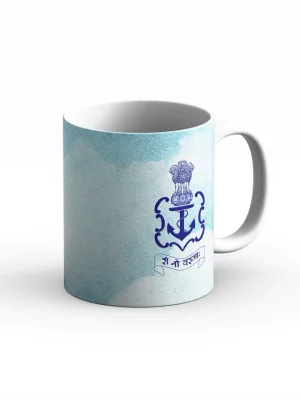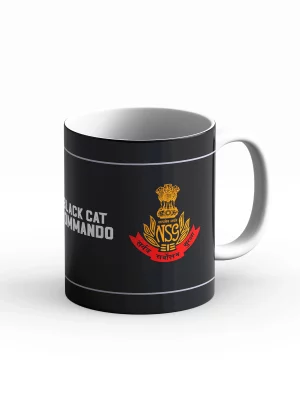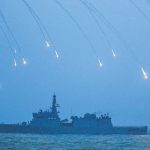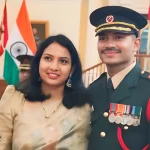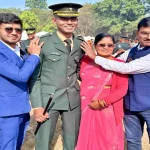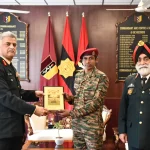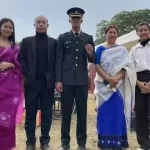Polo, often dubbed the “Sport of Kings,” holds a significant place in India’s cultural and historical landscape. The sport’s journey spans centuries, originating in Manipur and later gaining prestige through British influence and support from princely states. Its survival in modern India is largely attributed to the unwavering dedication of the Indian Army, which has been central to preserving and promoting polo as a national treasure.
The Indian Army has been crucial in keeping the sport alive, especially following the decline of princely states post-independence, which left a void in financial support and infrastructure. Recognizing the cultural significance and strategic value of equestrian skills, the Army intervened, providing essential resources for the sport. Veteran player Syed Shamsheer Ali emphasized this contribution, stating, “The Indian Army is the one who’s helped polo over the years. They have the grounds and facilities. It’s because of them that polo is alive in India.” The Army has maintained some of the country’s finest polo grounds across its various installations, allowing both practice sessions and competitive tournaments to flourish. Military officers frequently receive training that not only enhances their riding skills but also contributes to their physical fitness and teamwork.
Colonel Navjit Singh Sandhu, a former commander of the 61st Cavalry, underscored the dual purpose of polo within the military: “Polo by the army is not only a sport, it’s also military diplomacy. It’s an Indian sport. It’s our sport, our gift to the world.” Joint tournaments with international military teams not only enhance good relations but also draw sizable audiences who are introduced to the sport.
The 61st Cavalry, one of the last active horse-mounted cavalry units in the world, stands as a testament to India’s rich military heritage. Established in 1953, this regiment continues to uphold equestrian traditions while supporting the polo community. Lt Col Atul Gupta (Retd), a former member of the 61st Cavalry, detailed the regiment’s historical ties to polo, which began with irregular cavalry units that played the sport during times of peace.
However, as mechanization reduced the operational role of horses, the 61st Cavalry transitioned into a ceremonial unit, preserving the traditions of equestrian sports. The regiment also plays a vital role in breeding and training horses for polo, tackling the challenges of equine management in the country.
The Indian Polo Association (IPA), established in 1892, plays a pivotal role in the sport’s administration and promotion, being the world’s oldest polo association. The IPA has worked diligently to formalize the rules of modern polo, distinguishing it from traditional tribal versions. In collaboration with the Army and former princely states, the IPA has helped sustain the sport’s legacy.
Despite efforts to maintain and grow polo, challenges persist. Financial backing remains a significant barrier, with the sport often deemed expensive to play, given the costs associated with maintaining horses and participating in tournaments. Chairman of the Polo Tournament Committee, Rajesh Sehgal, highlighted the limited corporate sponsorship compared to polo’s counterparts in countries like Argentina and the UK, where the sport enjoys greater popularity.
Among the emerging corporate sponsors, Naveen Jindal, head of the Jindal Panthers Polo team, expressed optimism: “We have very good polo facilities where lots of youngsters are training. It’s our love for the sport and commitment that drives us.” Likewise, Dr. Aishwarya Paliwal, patron of the Delta Polo team, emphasized her team’s efforts to promote the sport by recognizing its cultural roots and significance.
While the participation of private teams marks a positive trend, the scale of investment remains less than expected. Indian players have begun to stand out internationally, but the country’s global polo presence is still lacking. The call for greater corporate involvement and strategic development initiatives is echoed by Vikram Rathore, Indian Ambassador to the Federation of International Polo.
As polo continues to evolve, removing barriers to access and expanding outreach remains a crucial part of its future. Strategic media coverage and grassroots initiatives can play a role in attracting a broader audience and promoting inclusivity. While cities like Delhi and Jaipur boast well-established polo grounds, smaller towns often fall short in infrastructure, limiting the potential for talent development.
To cultivate a future for polo that honors its legacy and fosters new talent, collaboration among corporate sponsors, media, and local governments is essential. As engaged participants call for renewed enthusiasm for the sport, it remains crucial for Indian polo to adapt and thrive in the 21st century. The efforts of the Army, the 61st Cavalry, and the IPA represent an impressive foundation, yet a collective commitment is vital to elevate polo’s status and inspire a new generation.

